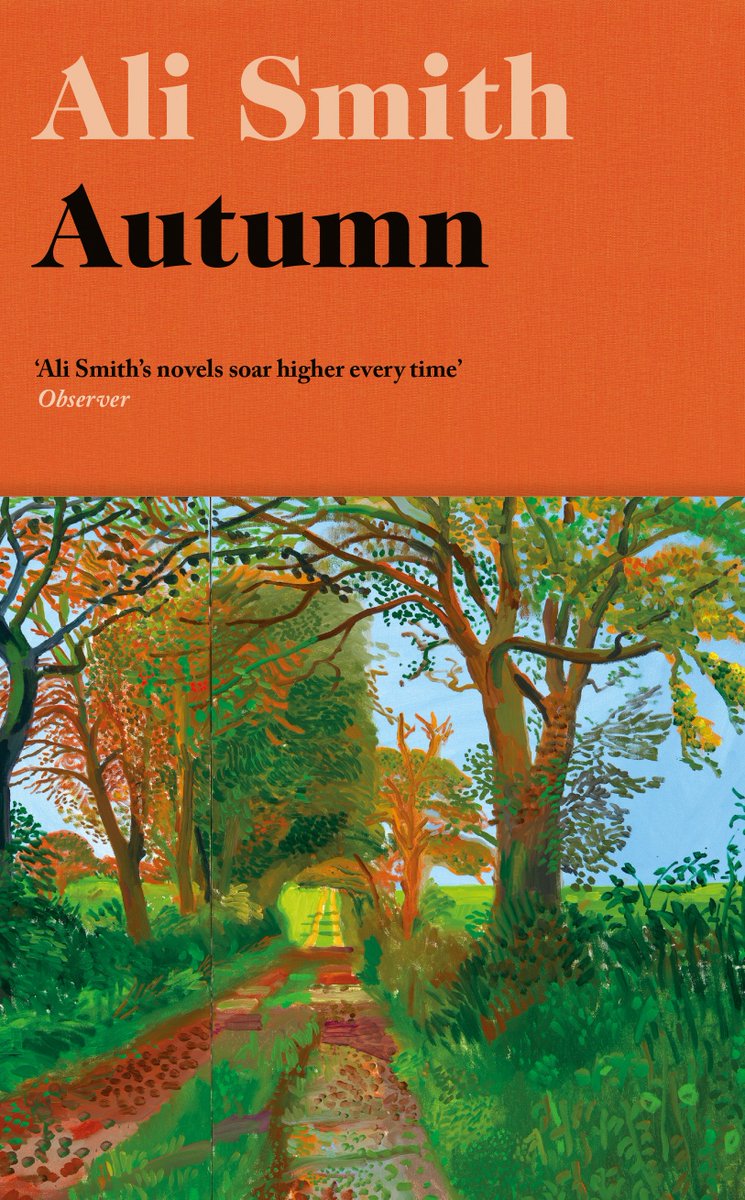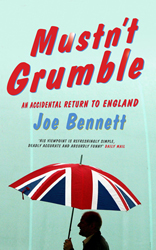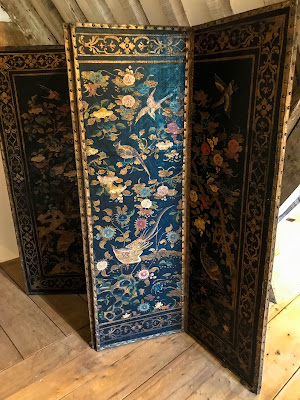 |
| Pip Utton becoming Maggie |
This year I saw twenty-three theatrical productions in Canberra from sixteen different companies across ten different venues. Without further ado, these are my top five of the year (in chronological order of viewing - I couldn't pick an absolute favourite).
Top 5 Theatre Productions of 2017:
- Churchill/ Maggie (produced by Imagination Workshop and Street Contemporary Drama at Street 2) - Pip Utton performs solo shows on consecutive nights, portraying political giants Winston Churchill and Margaret Thatcher. He weaves anecdotes, musings and facts into his 70-minute monologue on Churchill, a colossus of his time: "History will be kind to me for I intend to write it." During his embodiment of That Woman he invites questions from the audience, while achieving the voice, mannerisms and dismissive tone so successfully it made my skin crawl. His enthusiasm is boundless and his knowledge equally indefatigable.
- Trelawny of the Wells (produced by Canberra Repertory Society at Theatre 3) - Tony Turner directs a spirited cast in this touching and amusing late-nineteenth-century drama. The revolving set (designed by Ian Croker) allows for all the scenes to be played in the balance of affectation and naturalism which was becoming popular at the time and which is crucial to the play's ethos. Deliberately bombastic performances from the flamboyant characters such as Sir William Gower (Jerry Hearn), Mrs Mossop (Elaine Noon) and Avonia Bunn (Jess Waterhouse) provide a delightful counterpoint to the more subtle sentimentality of Rose Trelawny (Alessandra Kron) and Tom Wrench (Robert de Fries). Slapstick extremes are tempered with emotional speeches, and the entire effect is a beautiful piece about acting and performance.
- The Play That Goes Wrong (produced by Lunchbox Theatrical Productions Pty Ltd at The Canberra Theatre Centre) - The fast-paced, critically well-timed production provides a really enjoyable night out. There are laughs a-plenty in the first act, which feels like comedy; fewer in the second, which feels like farce. Strangely enough, I've never enjoyed watching women trying to upstage each other while fighting in their underwear (it's just not funny, although many men seem to think so), but the stage crew logistics were superb, and the risk-assessment necessary is mind-blowing. The acting is all highly-stylised and unsubtle (co-writer Henry Lewis credits The Art of Coarse Acting, Monty Python and Laurel and Hardy, so that's hardly a surprise) and the story (of who murdered whom and why) becomes increasingly irrelevant as theatre tropes come flying from all directions, along with the props and set itself.
- Cyrano de Begerac (produced by Sport for Jove Theatre Company at The Playhouse, Canberra Theatre Centre) -Sparkling with wit and energy, this adaptation by Damien Ryan (who also directs and stars as the titular character) is an utter delight. The sensational staging is epic in its proportions, whether we are watching a bumbling pastry chef, a charismatic sword fight or a poignant battle scene. It’s full of humour and detail – eyes and ears must be keenly focussed so as not to miss a moment. The choice to set it in the years leading up to and encompassing WWI is inspired as the glory and pomposity of words are punctured by the reality of events. We all know the story of the heroic soldier poet Cyrano who is in love with Roxanne (Lizzie Schebesta) but is afraid to voice his affection on account of his appearance, so pens romantic verses for his handsome, young comrade Christian (Scott Sheridan) instead. The sustained vibrancy of this production makes the tale heart-breakingly beautiful rather than tired and trite. This Cyrano is not a saint and there is a bite to his wit as there is an edge to his sword that makes the production modern and relevant while losing nothing of its traditional appeal.
- Love/ Chamberlain (produced by Moral Panic and Ainslie and Gorman Arts Centres at Ralph Wilson Theatre, Gorman Arts Centre) - Playwright Bridget Mackey imagines that Courtney Love and Lindy Chamerlain might have a lot in common. Despite coming from contrasting backgrounds with seemingly disparate outlooks, they were both pilloried by the media for not responding to grief and trauma the way women are expected to react. In her play directed by Cathy Hunt, Love (Emma Macmannus) and Chamberlain (Heidi Silberman) meet several times in several contexts as they jump back and forth in time across the Federal Highway; strewn with the paper detritus of old news. They are aided and abetted by the versatile barb barnett in a dozen different and well-developed roles, but even as the Oracle (dispensing advice from a cardboard booth like Lucy in Peanuts) she doesn't have all the answers. It's great to see new work by local theatre artists, especially when it is as thought-provoking as this.
 |
| Damien Ryan as Cyrano de Bergerac |


















































































































































